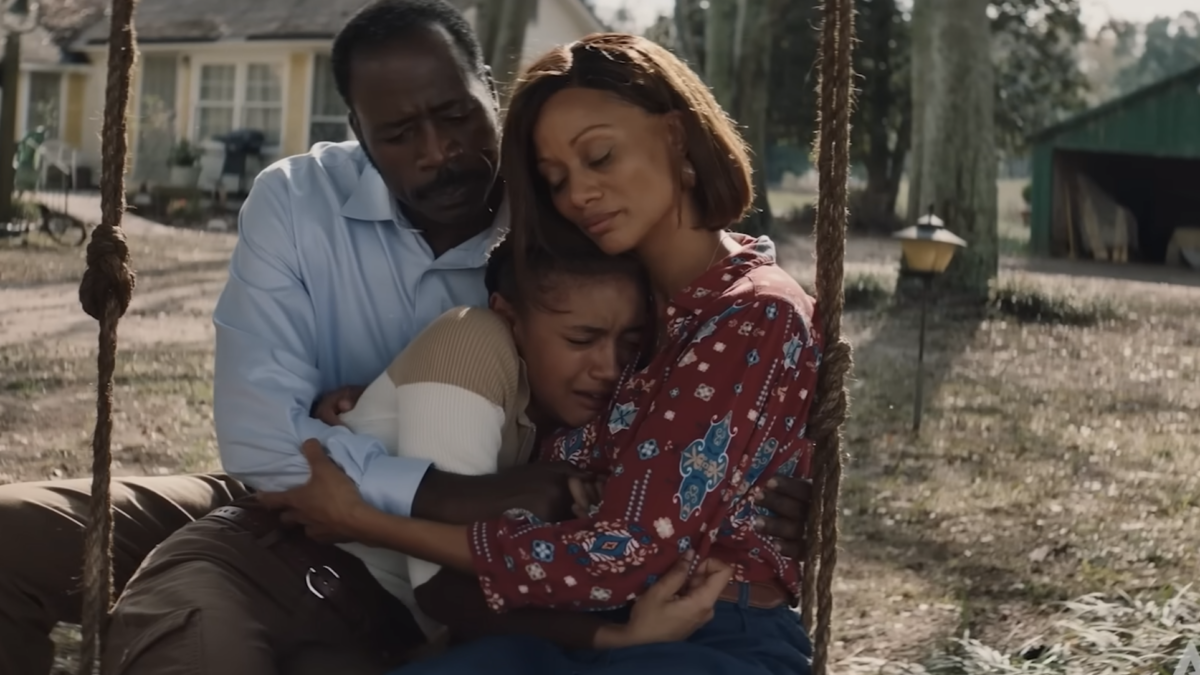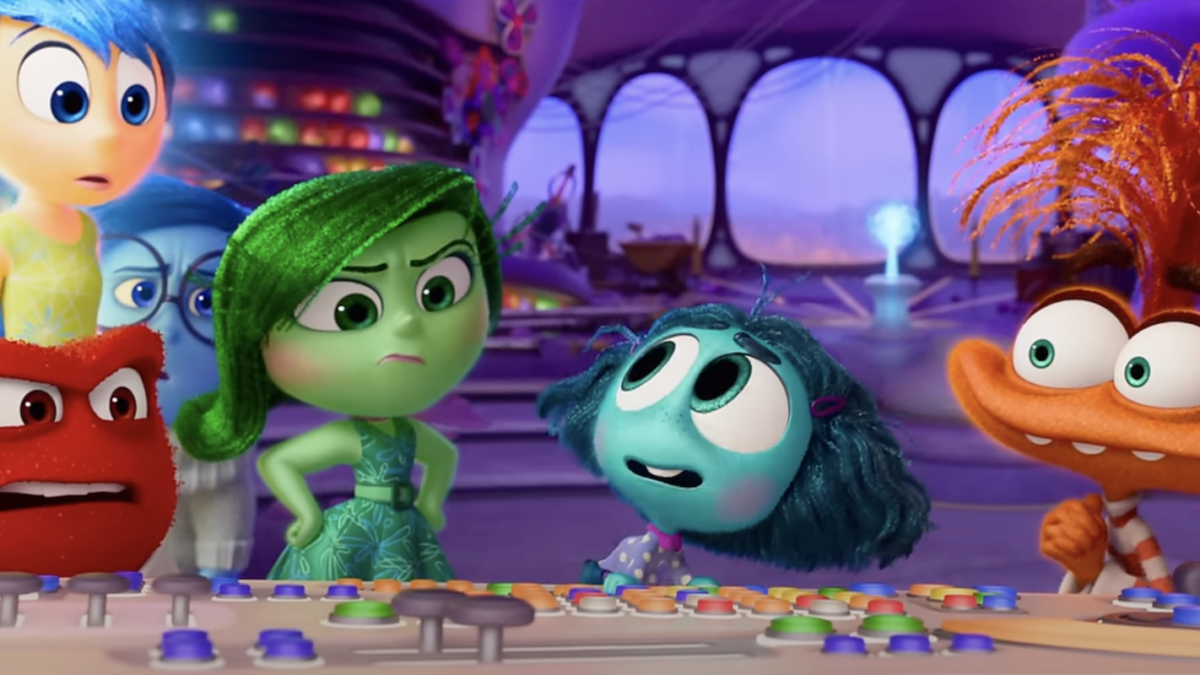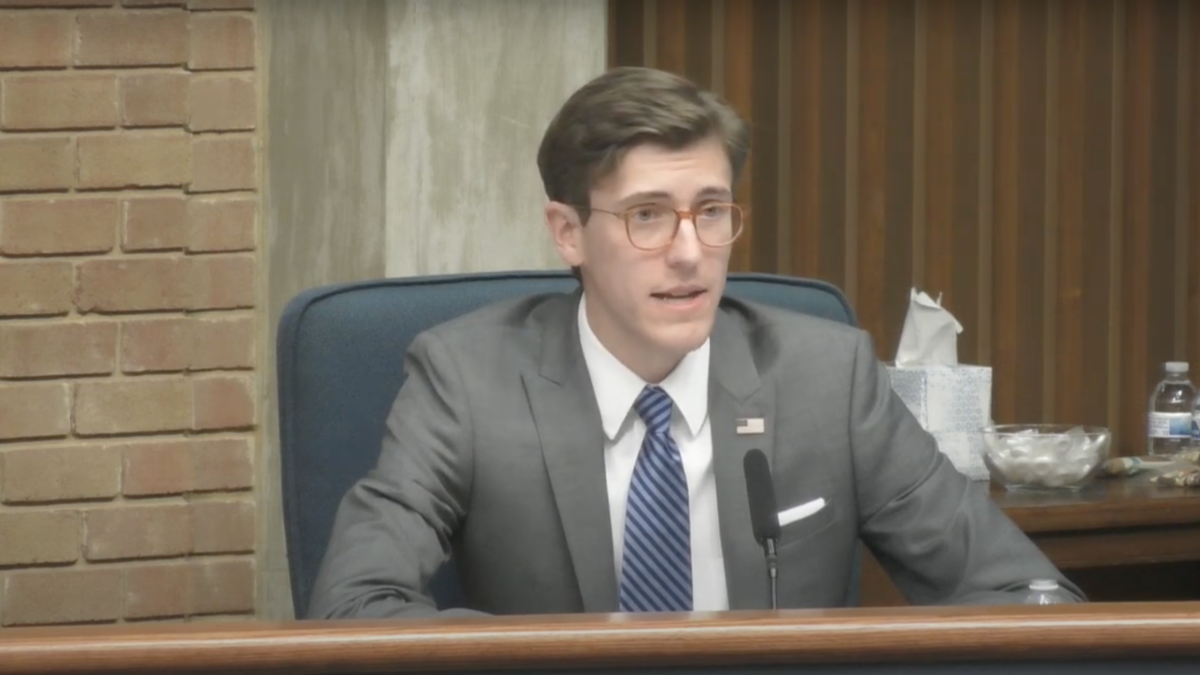Every month, three things happen. The moon completes a cycle, the Centers for Disease Control releases Covid reports, and a fleet of nerds argues about “The Last Jedi” on Twitter.
As a proud member of the Last Jedi Haters Association, I have spent years imploring the weak-minded nerf herders not to fall for writer and director Rian Johnson’s vapid mind tricks. I have urged them to see that Johnson’s “let’s complicate our heroes and villains” tactic cheapened the franchise instead of advancing it.
I have begged them to recognize that bvvvvvvving left when the audience expected you to pew pew right was not a sufficient replacement for a plot. I have delicately suggested with furiously typing fingertips that new characters are not, by default, interesting characters.
Alas, despite my years-long devotion to the noble cause of convincing strangers to stop liking a harmless thing they like, I have nothing to show for my efforts. Not a single convert or padawan eager to learn at my feet.
However, I believe another tactic may finally prove fruitful. Therefore, in the spirit of achieving the humiliation of my enemies by any means necessary, I shall assert the following.
Fine, altering a film’s genre mid-franchise is good filmmaking. Fine, rooting a film in the subversion of audience expectations was brilliant. Fine, adding out-of-place new characters is another genius storytelling device. But “The Last Jedi” fails spectacularly in its implementation of these devices. To illustrate that point, let’s compare Johnson’s hyperdrive septic tank to a film that landed all of these flips flawlessly, the underrated 1991 classic “Bill and Ted’s Bogus Journey.”
Genre Shift
Fans of “The Last Jedi” praise Johnson for making a Star Wars film for grown-ups. In their minds, he brought maturity and depth to the franchise by moving the story beyond its moral simplicity. Sometimes heroes fail you. Sometimes villains are victims. Gone was the simple struggle between the white-wearing warriors of good and the black-clad scoundrels of evil. Here was the what-is-truthiness struggle between shades of grey.
The problem, however, is that Star Wars has always been a black-and-white universe for children. It’s knights versus dragons in space. Good is good because it embraces freedom and light. Evil is evil because it worships bondage and darkness.
Johnson’s conflicted ex-hero Lump Skypoutermight might have been an interesting character in another sci-fi film series. But it was criminal to build that character from the guts of a legendary cinematic figure whose purity and simplicity Johnson didn’t respect. By replacing Star Wars’s good versus evil binary universe with post-modern complexities and uncertainties, Johnson didn’t deepen Star Wars. He temple-of-doomed it.
Let us compare this to “Bill and Ted’s Bogus Journey.” But first, some context.
In 1989, “Bill and Ted’s Excellent Adventure” hit theaters, a brilliantly stupid (or stupidly brilliant) story of two righteous dudes who travel through time in a telephone booth and kidnap a gaggle of historical figures in an attempt to pass their high school history class, stay BFFs, and thereby create the music that will one day bring peace on earth.
In terms of franchise potential, “Excellent Adventure” was rooted in a killer premise that lesser screenwriters could have lazily revisited every time the studio asked for a sequel. After accidentally joining the Marines, Bill and Ted could have traveled to ancient Rome and recruited that salad dressing dude to rescue them from a Van Halen-despising drill instructor. After inadvertently nicking a Black Sabbath riff on their debut album, they could have traveled to 19th century D.C and hired that fish lawyer guy to defend them in a plagiarism lawsuit.
However, “Bill and Ted” creators Ed Solomon and Chris Mattheson made an astonishingly bold choice in the franchise’s second outing. They largely jettisoned the time-travel plot device, sending their heroes on a disembodied quest to conquer their childhood traumas, battle Death, and invade heaven before reclaiming their mortal flesh in order to win a local battle of the bands contest. While “Excellent Adventure” was a silly sci-fi comedy, “Bogus Journey” was an absurdist existentialist parody.
What Solomon and Mattheson didn’t jettison, however, was the film’s soul, and thus its charm and sweetness. By making their characters depart Back-to-the-Future Land and conquer Ingmar Bermanville, Solomon and Mattheson brought greater weight to their story by showing there was no villain, no genre, no universe the Wyld Stallyns could not conquer with their devotion to each other, to their destiny, and to excellence itself.
Rian Johnson may have wanted to inject a greater sense of thoughtfulness into the Star Wars canon by shifting the franchise’s genre. It didn’t work, however, because he hated the heart of Star Wars. “Bogus Journey” succeeded at everything Johnson attempted because Solomon and Mattheson loved Bill and Ted.
Subversion of Expectations
Those who love Johnson’s (catastrophic) attempt to change the Star Wars genre also are quick to defend his repeated trips to the “throw the audience for a loop” trough, in particular when it came to answering the questions J.J. Abrams had raised in the previous Star Wars film, “The Force Awakens.”
“What’s Luke doing on the island, you ask? NOTHING! Ha, you thought it was something, but it’s nothing, you fools! Who are Rey’s parents? THEY’RE NOBODY, you dopes! Who is Supreme Leader Snoke? OH, DID YOU THINK HE WAS IMPORTANT? We’re gonna bisect him in the middle of the movie, you clods!”
As a devoted hater of fan theories, I can respect Johnson’s desire to antagonize the dweebs who obsessively upload frenetic speculation videos to YouTube. The great problem with “The Last Jedi,” however, is that dismantling the previous chapter does not yield a new chapter. Refusing to tell fans the story they were expecting does not actually tell a story. In other words, subversion of expectations works as a spice, not as an entree, something “Bogus Journey” understood quite well.
Fans unspoiled by “Bogus Journey’s” criminally over-revelatory trailer also would have found themselves thrown for a loop. Expecting another time-travel romp, they instead were treated to a film that killed the titular characters in the first act, then sent them on a trek that was far more surrealist than sci-fi. The swerve worked, however, because it served the story and allowed Bill and Ted to become deeper versions of themselves.
It also worked because it allowed them to unleash their endlessly quotable charm and ingenious buffoonery in a variety of new circumstances and ways. Although “Bogus Journey” is not necessarily funnier or more enjoyable than “Excellent Adventure,” the subtle subversion of expectations enabled the film to be significantly funnier and more enjoyable than the vast majority of comedy sequels.
New Characters
My heart still breaks for Kelly Marie Tran, the up-and-coming young actress who found herself in the crosshairs of an internet mob that punished her for the crime of advancing her career by taking on a Star Wars role and playing a character that didn’t quite land with the audience.
However, Tran’s Rose Tico was not so much a character as she was a tool for Johnson to introduce the worst elements of “The Last Jedi.” Rose was the means through which we discovered that both the Jedi and the Sith were pawns in the game being played by the Galactic Military Industrial Complex. (OH, DID YOU THINK THE STAKES OF THE ENTIRE FRANCHISE MATTERED! Expectations subverted again, dummies!)
Likewise, Rose existed to stop Finn from conquering the baddies through an act of self-sacrifice so Johnson could utter his meaningless master’s thesis, “That’s how we’re going to win: not by fighting what we hate, but by saving what we love.”
Johnson also afflicted audiences with DJ, an inexplicably-stuttering character portrayed by Benecio del Toro, who is doubly useless, as he only exists to betray Rose and Finn on the sidequest Johnson sent them on–a sidequest that does not affect the film’s plot.
In many ways, “The Last Jedi’s” new characters can be best summarized by the famous Gertrude Stein quote, “There is no ‘there’ there.” Or, as Yoda might put it, “No ‘there’ there there is.”
Compare this to “Bogus Journey,” where Solomon and Mattheson successfully filled their sequel with a crop of delightful new characters, among them insecure and lonely grim reaper Death played to hilarious perfection by William Sadler, the Evil Robot Usses (Terminator-like Bill and Ted clones who murder the heroes), and two-in-one, proto-Gritty looking demented muppet Station, an uncommunicative genius who would feel significantly more at home in the Star Wars universe than any of Johnson’s creations.
“Bogus Journey’s” new characters didn’t exist as cheap moralizing machines or subversion-of-expectations vehicles. They existed to help the film’s main characters to grow, to add humor and excitement to their odyssey. But they also existed for their own purposes and on their own merits.
As Solomon and Mattheson showed in “Bill and Ted’s Bogus Journey,” what makes the pair such iconic characters is that they can step into any genre or universe and into any cast of characters and belong. Innocent, moronic virtue is infectious that way. If Disney wants to continue undoing the damage that Johnson rained down upon the franchise with “The Last Jedi,” perhaps they should consider buying the rights to Bill and Ted and letting them take a crack at bringing balance to the force.









